The wren: 8 things you ought to know about Britain's most common bird
It may be diminutive, but the perky-tailed wren has a powerful song and the ancient title of king among birds, finds Ian Morton.
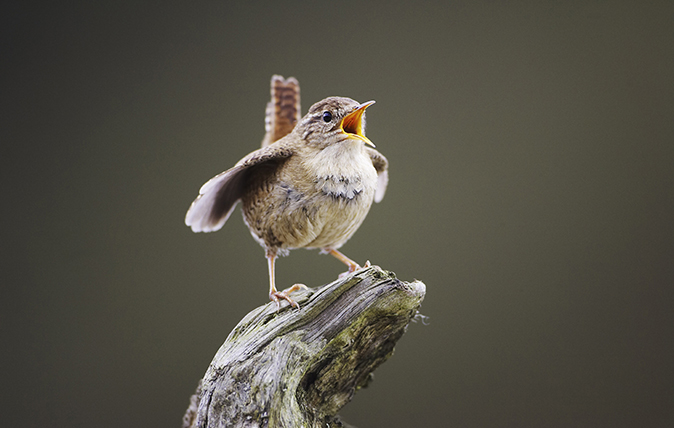

The wren is very British – but is also spread across the world
The wren is our wren. It was on our farthing copper coin. In May 2017, it figured on the first-class stamp in a Royal Mail ‘Songbirds’ series and it came fourth behind the robin, kingfisher and barn owl in the 2016 public vote to choose a national bird. It’s one of our commonest birds and widely distributed, with breeding pairs estimated at 7–8.5 million, depending on which ornithological data you raid. The wren is definitely a very British bird.
However, we don’t have exclusive rights. Ours is the Eurasian wren, a member of one of 19 genera covering 45 species that embrace much of the globe. Wrens are found across every landmass and on virtually every island. Even the Falklands have their own version, Cobb’s wren.
The wren has a place in folklore across the world, from the Irish to the Zulus
The wren has been widely acknowledged for many centuries as rather special. The notion that, by guile, it proved itself to be the king of the birds is found throughout Northern European folklore, but similar versions have been recorded in 13th-century Jewish writing, in India, in central Africa and among some North American tribes.
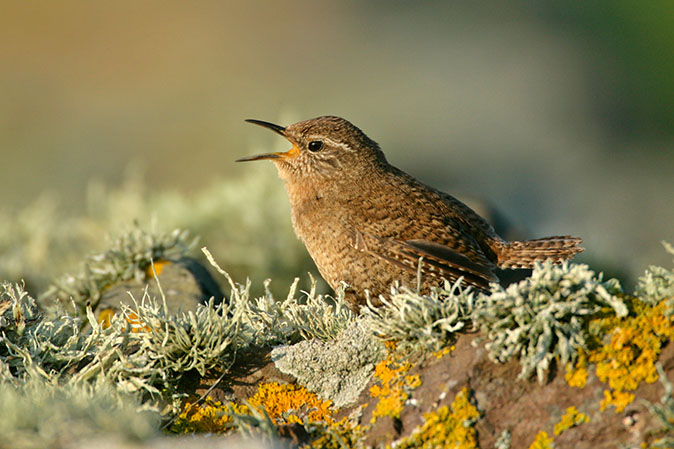
Ireland offers a fulsome version, which recounts that all the birds gathered in a secret green valley on the south coast to discuss which of them should be king. It was decided that the bird that flew the highest should take the crown and the eagle soared way above the other contestants – only to discover that a wren had ridden on his back and launched itself above him at the last moment.
Another version found in Zulu lore has a tiny warbler riding on a falcon to the same effect, but finding itself accused of trickery on its return to earth. Confined under the watchful eye of an owl, it waited until its gaoler nodded off and then escaped, spending the rest of time avoiding capture by darting from cover to cover, a characteristic of all small birds.
The surname 'Wren' really does derive from the bird
The English surname Wren (the Irish equivalent is Rinn, the Welsh is Uren) derives from an Anglo-Saxon word meaning lascivious, but was apparently applied to people who were small, busy, quick and energetic just like the little bird. Today, there are an estimated 22,500 individuals worldwide with the Wren surname, the USA having 13,000 of them, with Britain second at something over 5,000.

Our most famous Wren, Sir Christopher, was certainly energetic, designing St Paul’s and 52 London parish churches after the Great Fire of 1666 (the original annus mirabilis), as well as other notable civil buildings. This vigour did him no harm – he lived to 91.
Sign up for the Country Life Newsletter
Exquisite houses, the beauty of Nature, and how to get the most from your life, straight to your inbox.
The wren gets friendlier as the weather gets colder – and they huddle for warmth like penguins do
The male is territorial, defends his patch against other males, builds several alternative unlined nests and whistles up a female. Come a hard winter – a severe one can kill off anything from a quarter to three-quarters of the population, again according to which authority you consult – and the male becomes sociable.
Although unfriendly to other males in the mating season, the one with a suitably accommodating roost will invite others of either sex to share it, calling and making brief flights to announce vacancies.
The birds, which store very little body fat and lose heat easily, huddle together for warmth and protection rather like penguins, their heads inwards. The greatest number found to be doing so is 61, counted in a Norfolk nesting box in the winter of 1969. The host male will reasonably expect to mate with one or more of his female guests when spring arrives.
Wrens eat insects, spiders and tadpoles – but they also like a bit of grated cheese
With winter food scarce, wrens may forage under the snow for their natural diet of insects and spiders, their small size allowing them into areas that other birds can’t penetrate, an ability that applies throughout the year as they can reach cavities denied to larger beaks.
They can be aided in harsh weather with mealworms, finely broken breadcrumbs, oatmeal and grated cheese, but supplements should be scattered near low cover, as wrens don’t readily attend bird tables. However, they are pragmatists and, in the spring, may vary their diet by visiting shallow water to pick up tadpoles and smallfry.
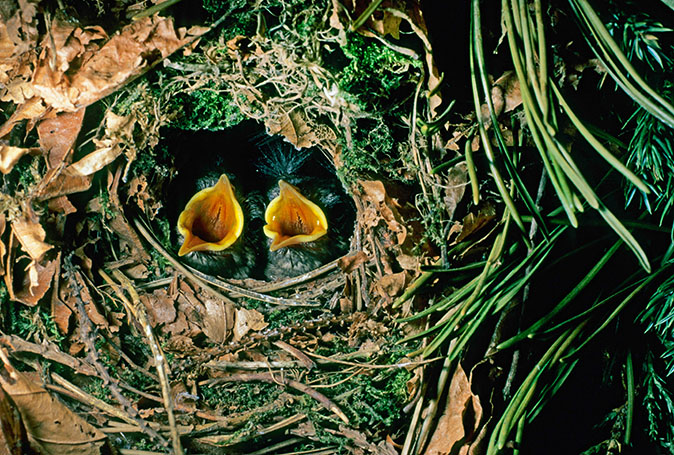
Wrens are famously good singers, and can hit two notes at the same time
Diminutive they may be – although not quite our smallest bird, the goldcrest claiming that distinction – but they boast a mighty Latin tag, Troglodytes troglodytes, because they had been observed near caves.
The wren delivers a powerful song, which becomes an angry chatter when an intruder, human or otherwise, passes through their territory. The female becomes particularly vocal if her newly fledged brood is on site, which may explain why wrens tend to be thought of as female, hence Jenny Wren. Some cultures, however, prefer a masculine character to support the regal notion and, in Germany, the bird is known as Zaun-könig or hedge king.
The loud song from such a small throat is possible because birds have an organ called a syrinx with a resonating chamber and membranes that utilise virtually all the air in the lungs and can produce two notes at the same time.
Wrens were blamed for the death of St Stephen
Our plucky little wren wasn’t always admired. Early Christians believed the bird had a pagan association and, in Ireland and on the Isle of Man, the bird was hunted on December 26 because it was said that St Stephen was betrayed to his persecutors by a noisy wren when he was hiding in the bushes. Dead or alive, a captured wren was put on top of a decorated pole and paraded round the community – the date was known as Wren Day.
Harming a wren is said to bring bad luck
Yet another tradition warned that to harm a wren was to invite bad luck – a broken leg, your livestock injured – so, despite those tales of trickery and treachery, the tiny bird had some powerful friends after all. The king of the birds would expect no less.
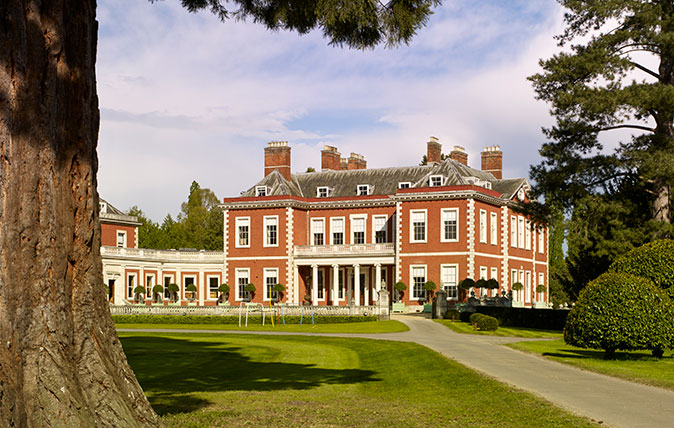
Fawley Court: A house by the Thames bearing the fingerprints of Wren and Wyatt
Two of Britain’s greatest-ever architects, Christopher Wren and James Wyatt, have been linked with the creation of Fawley Court.
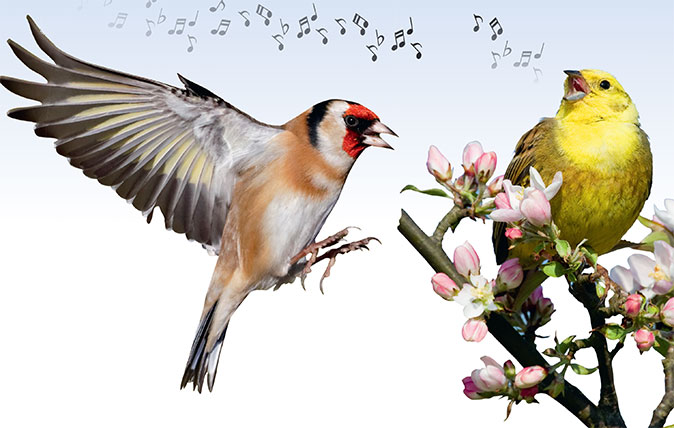
Credit: Country Life / agencies
The magic of birdsong: How much magnificence can you pack into one tiny wren?
Entranced by a tiny bird in the woods, Jay Griffiths explores the bewitching effect of the avian voice in her
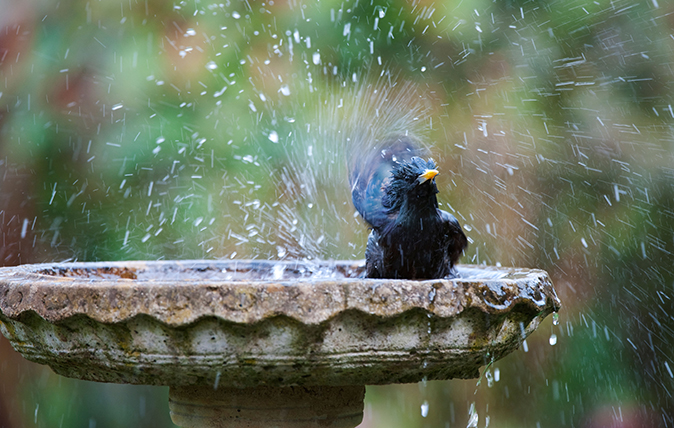
Beautiful bird baths that will send your heart all of a flutter
Many birds, from wrens to pigeons and even gulls, will come to the bird bath, either to wash down dusty
Country Life is unlike any other magazine: the only glossy weekly on the newsstand and the only magazine that has been guest-edited by HRH The King not once, but twice. It is a celebration of modern rural life and all its diverse joys and pleasures — that was first published in Queen Victoria's Diamond Jubilee year. Our eclectic mixture of witty and informative content — from the most up-to-date property news and commentary and a coveted glimpse inside some of the UK's best houses and gardens, to gardening, the arts and interior design, written by experts in their field — still cannot be found in print or online, anywhere else.
-
 A Grecian masterpiece that might be one of the nation's finest homes comes up for sale in Kent
A Grecian masterpiece that might be one of the nation's finest homes comes up for sale in KentGrade I-listed Holwood House sits in 40 acres of private parkland just 15 miles from central London. It is spectacular.
By Penny Churchill
-
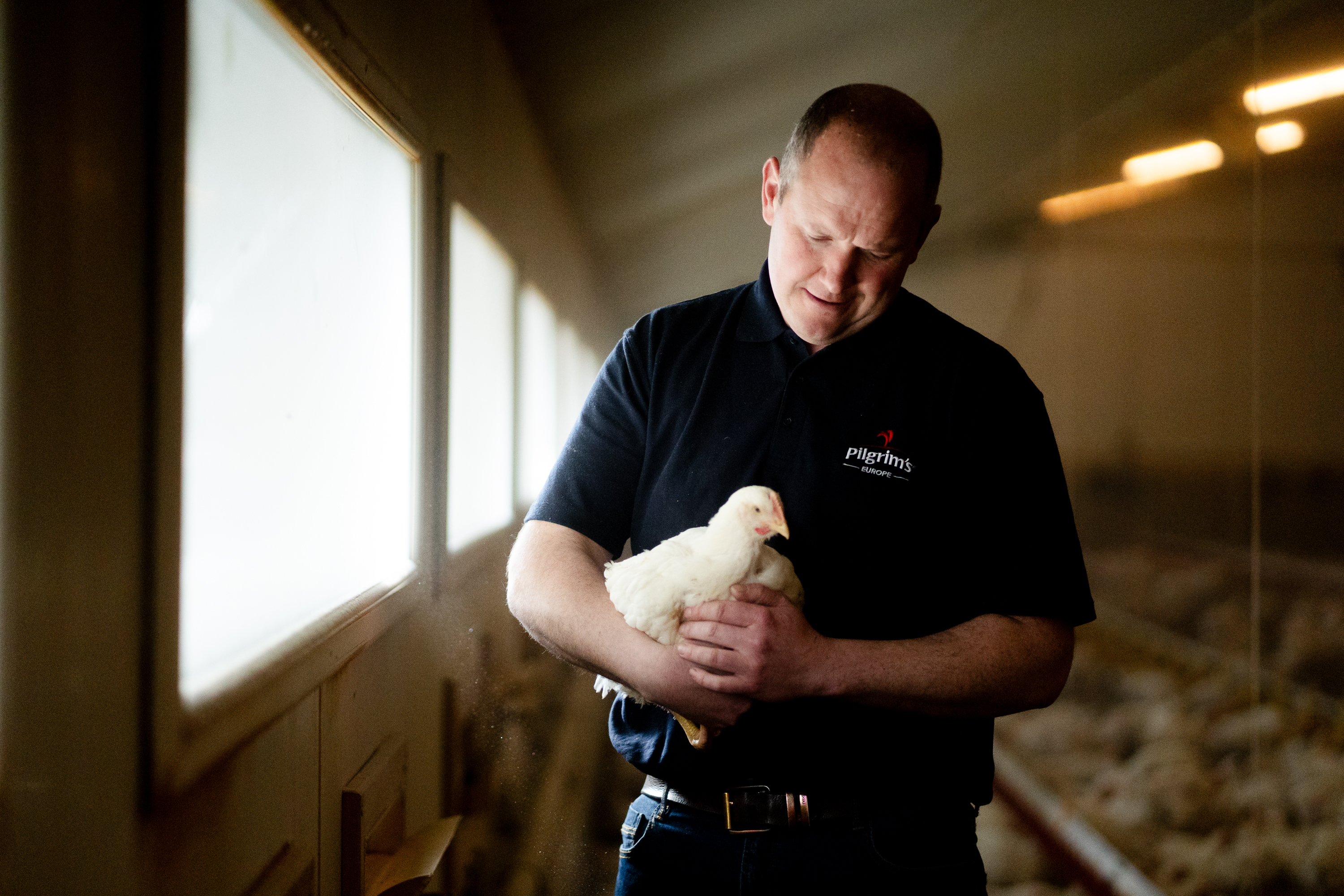 What the cluck? Waitrose announces ‘trailblazing’ pledge to help improve chicken welfare standards
What the cluck? Waitrose announces ‘trailblazing’ pledge to help improve chicken welfare standardsWaitrose has signed up to the Better Chicken Commitment, but does the scheme leave Britain open to inferior imports?
By Jane Wheatley